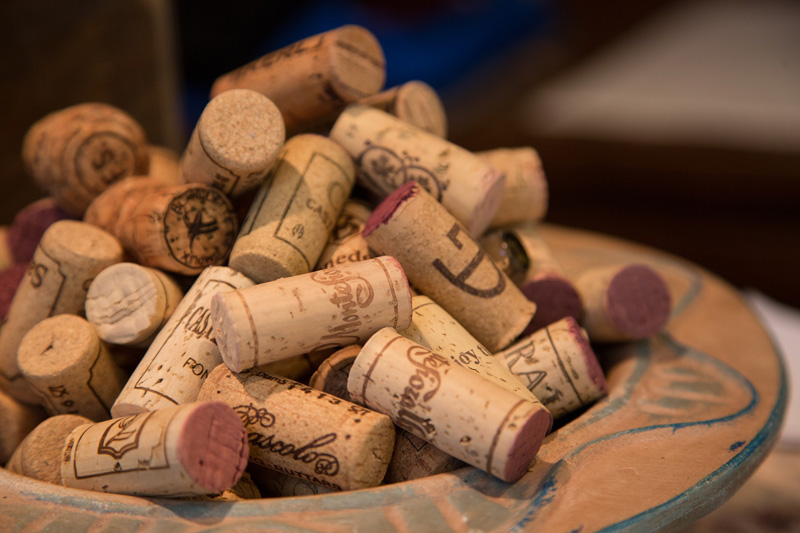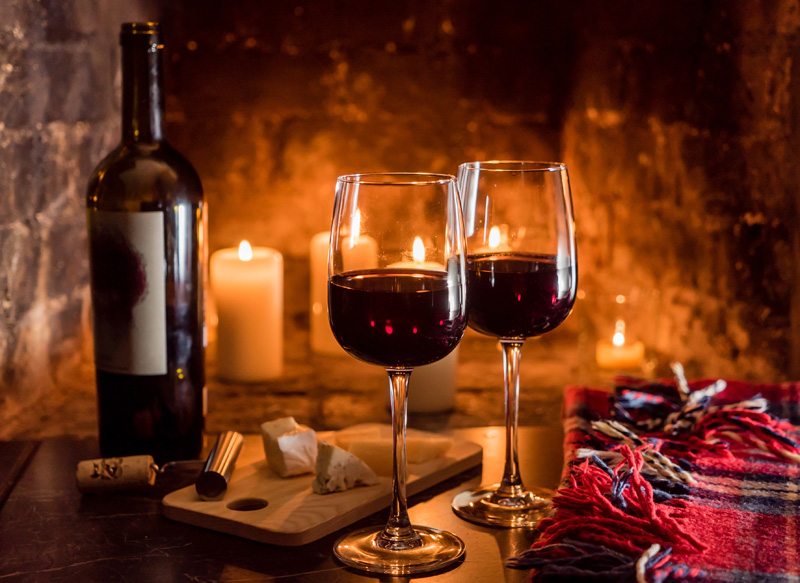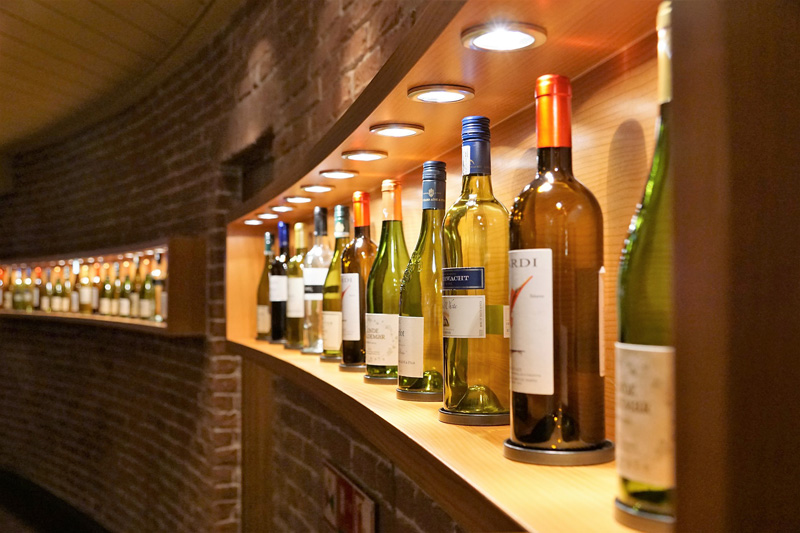Just the other day, my wife and I had dinner at a colleague’s house, who served up one delightful bottle of wine after another. Turns out he has two w
Just the other day, my wife and I had dinner at a colleague’s house, who served up one delightful bottle of wine after another. Turns out he has two wine cellars and has been a wine collector for the last 15 years. We got talking and he told me it’s not that difficult to become a collector and that some of his wines are now proving to be a good investment.
I love wine and have often thought about starting my own wine collection. Although we have a small basement at our home which would make a perfect wine cellar, I’ve never followed up on my interest. ‘If you need any advice,’ my wine aficionado friend said, ‘just let me know.’ Before you could say ‘Chenin Blanc’, I went to clear out the basement and ordered my first case of wine for my new collection.
If you’re serious about your wine, and think it might be time to start collecting – whether for pleasure of investment or both – in a project with Artichoke’s bespoke kitchens, here are 4 great tips to get you started.
Where To Begin – The Cellar
First of all, you need somewhere for wine storage – a wine cellar, or a room, preferably below the house, where you can store your wine in a controlled environment. A wine cellar needs to be cool – the ideal temperature for wines intended for aging is around 55° F or 13° C.
It’s a good idea to separate your wine collection into three different categories – those for drinking now, those for laying down so they improve with age, and those that you bought as an investment and whose value should increase over the years.

Note: To maximise resale value, investment wines should never be stored in your cellar: they should lay in a professional storage facility, so that the provenance and storage history is retained.
Buying Wine
Be organised and systematic about buying wine and keep records and receipts of everything you buy. Because wine investment can be complicated, you should consult with a reputable wine merchant before buying any wine to lay down. Better still, select two or three wine merchants and make sure you receive their catalogues.
Spend some time selecting your favourite wines and comparing prices. Your cellar can be made up of a collection of your favourite wines, growers and vintages, but it’s also a good idea to read specialist wine magazines, visit online wine websites, and talk to your wine merchant, so you know which vintages are better than others, and which are more likely to be a sound future investment.
What To Buy
Here are a few recommended wines you might like to buy:
USA – California and Oregon – Pinot Noir
Try to find bottles from the Eyrie region in Oregon, or the Sonoma Coast or Anderson Valley regions. Look for Failla, Kutch, Knex, and Ceritas, which can be bought for under £40 a bottle.
France – Loire Valley
This is a great region to buy from right now. Superb reds from Saumur-Champigny, Bourguiel, and Chinon, such as Catherine and Pierre Breton Bourgueil Les Perrières – current vintage £32, older vintages £65, and Olga Raffault Chinon Les Picasses – current £20, 1989 £60. For dry whites, look for Vouvray (Domaine Huet), Montlouis (Jacky Blot), and Savennières (Domaine du Closel).
Spain
The historic region of Rioja in central Spain is renowned for its amazing reds. One is CVNE (Compañía Vinícola del Norte de España), with its smoky-toned Imperial Gran Reserva – current £44 – and its spicier Viña Real Gran Reserva – current £28, older £52 upwards.
Germany
German Rieslings are grossly undervalued and are great to drink when young but even better after 5 years or more when they become something special. Some of the best producers are Dönnhoff, Zilliken and Keller, and bottles cost between £20 to £40.
Although most wines are made to be drunk within a few months, the best reds, and some whites, taste a lot better after they’ve aged for 5 to 10 years, or even longer. Over time, the sharp tannins in wine mellow, and the flavours develop into layers of delicious complexity.

How To Divide Your Collection
Here’s how we suggest you lay your wine down for drinking and for investment purposes. Divide your cellar into 5 wine categories:
- Sparkling wines
- Sweet and fortified wines
- Red wines for drinking
- Full-bodied reds for ageing, whites for drinking, and full-bodied whites for ageing
Hopefully, your investment wines will pay for your future purchases and your cellar is never fully depleted. Generally, most collectors have more wine in their cellars than they’ll ever be able to drink.



















































































































COMMENTS